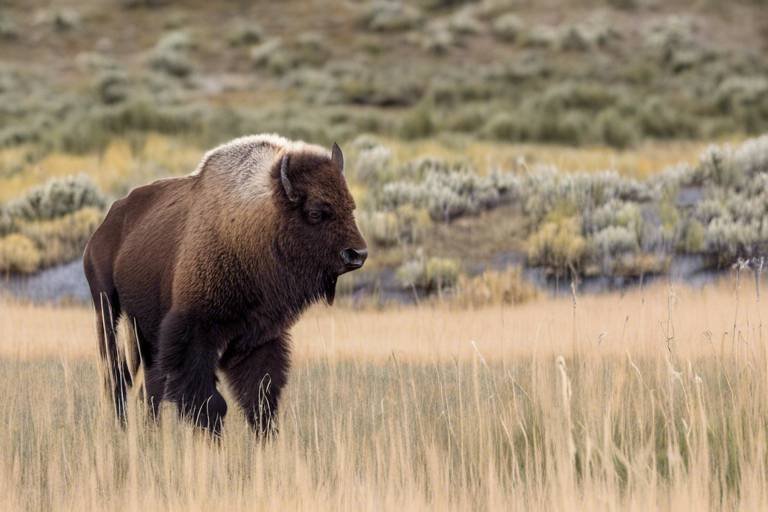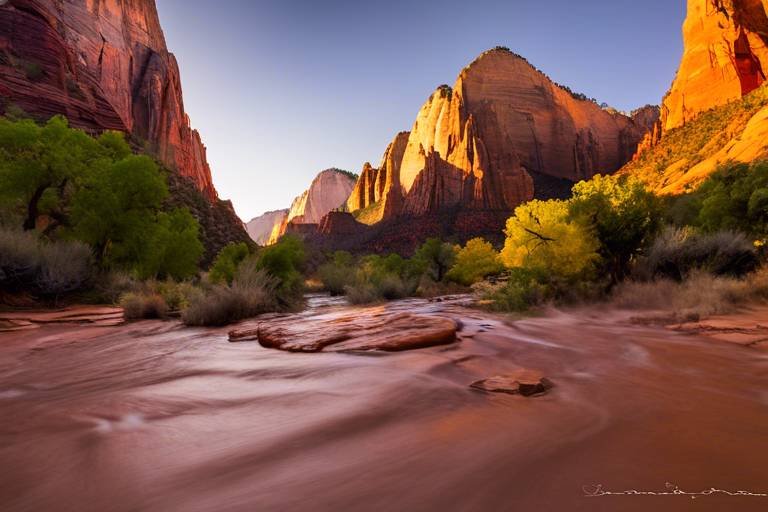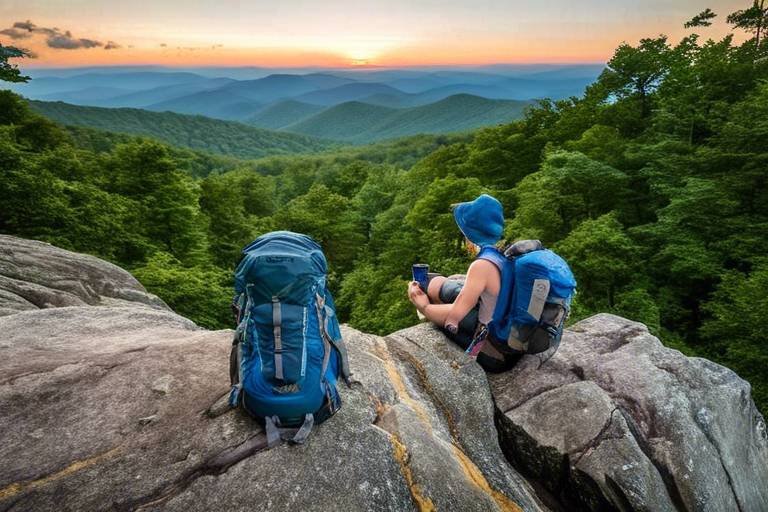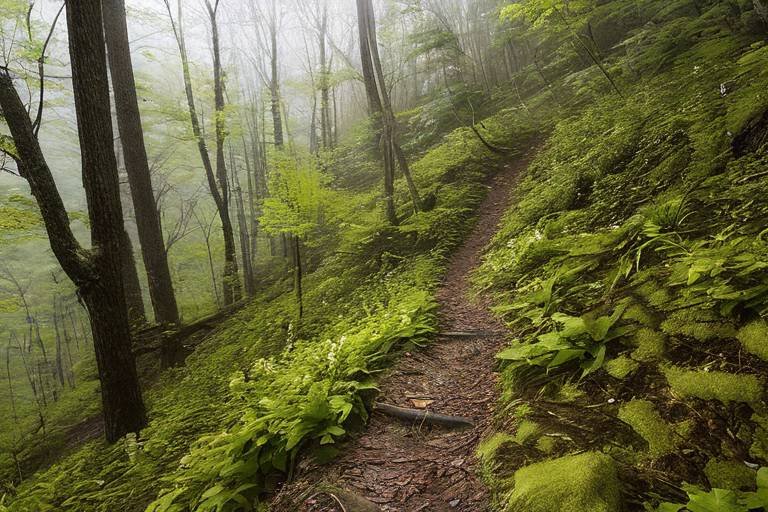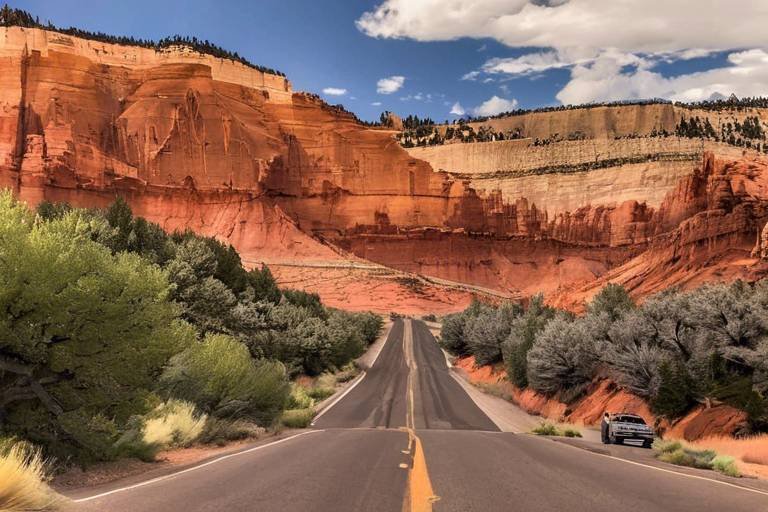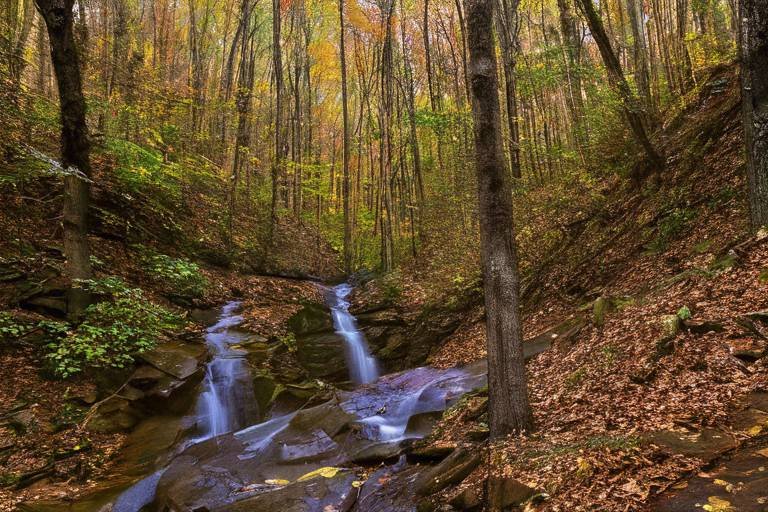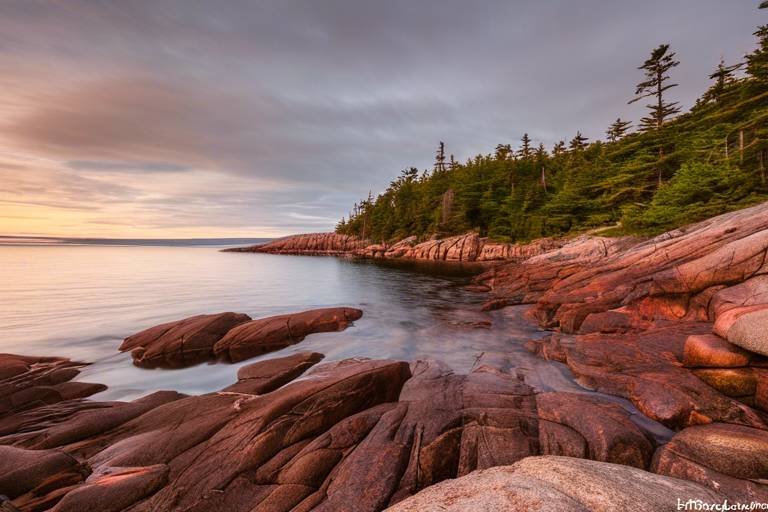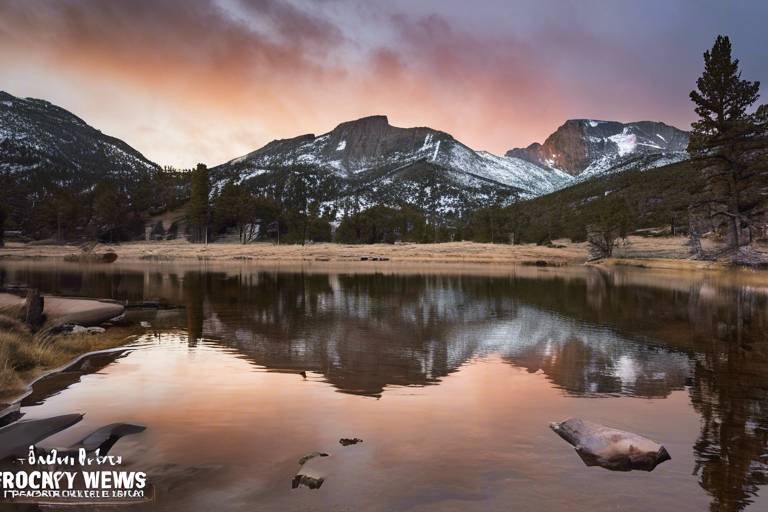The Ultimate Guide to Wildlife Photography in Yellowstone
Yellowstone National Park is a photographer's paradise, offering a diverse range of wildlife and stunning natural landscapes to capture through the lens. From majestic bison to elusive wolves, the park is teeming with photo opportunities waiting to be explored. In this ultimate guide to wildlife photography in Yellowstone, we will delve into the best practices, tips, and techniques to help you elevate your photography game and create memorable images of the park's inhabitants.
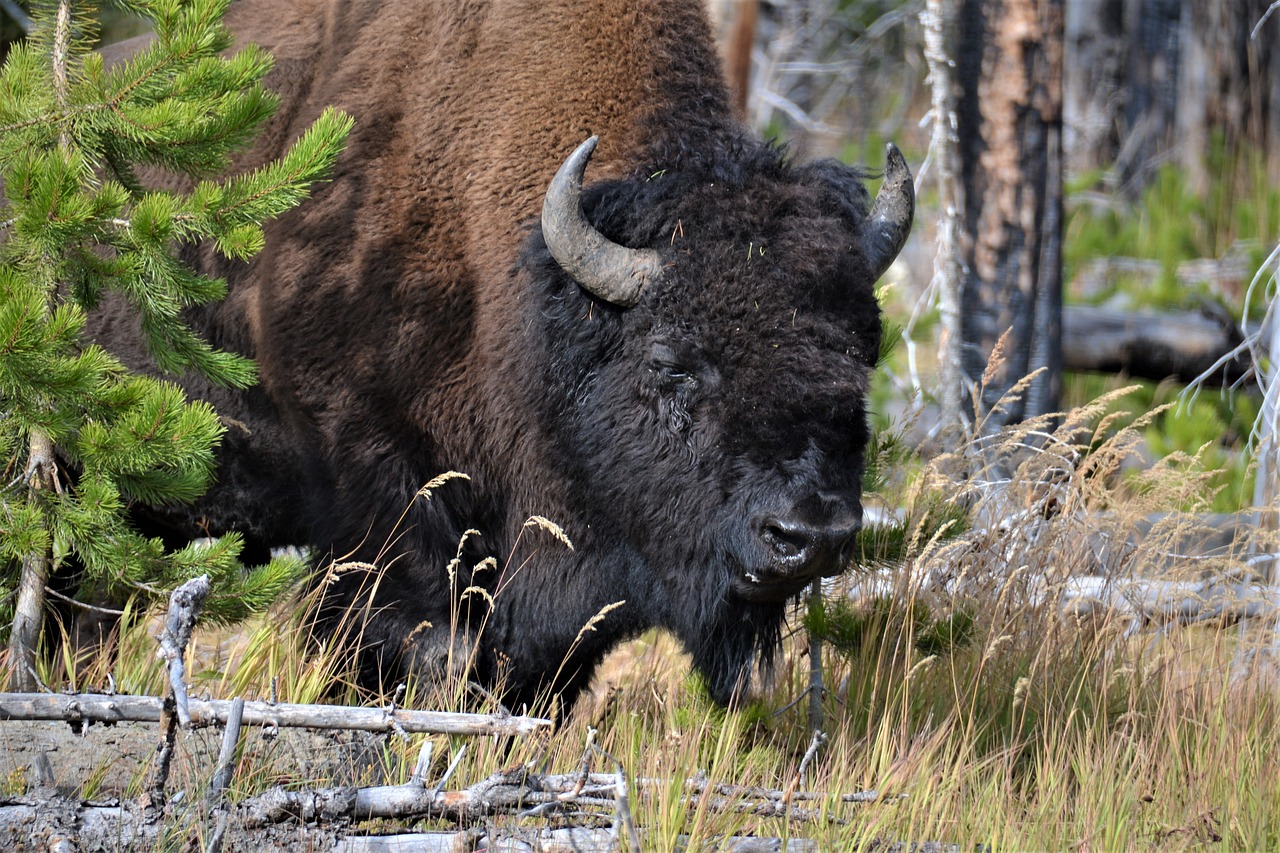
Understanding Yellowstone's Wildlife
When it comes to understanding Yellowstone's wildlife, one can truly immerse themselves in a world unlike any other. Yellowstone National Park is home to a diverse array of animal species, each playing a vital role in the park's ecosystem. From the iconic bison roaming the grasslands to the elusive wolves prowling through the forests, Yellowstone offers a unique opportunity to observe these majestic creatures in their natural habitats.
One of the most fascinating aspects of Yellowstone's wildlife is the intricate behavior patterns exhibited by each species. For instance, the bison, often seen grazing peacefully in the meadows, can display remarkable agility and speed when necessary. Similarly, the wolves' pack dynamics and hunting strategies provide a glimpse into their complex social structures. Understanding these behaviors can greatly enhance the quality of wildlife photographs captured in the park.
Moreover, knowing the best times of year to photograph Yellowstone's wildlife can make a significant difference in the success of your photography endeavors. Spring and early summer offer opportunities to capture newborn animals, while the fall season brings vibrant colors and increased animal activity as they prepare for winter. Each season presents unique photographic possibilities, allowing photographers to witness the park's wildlife in various stages of life and behavior.
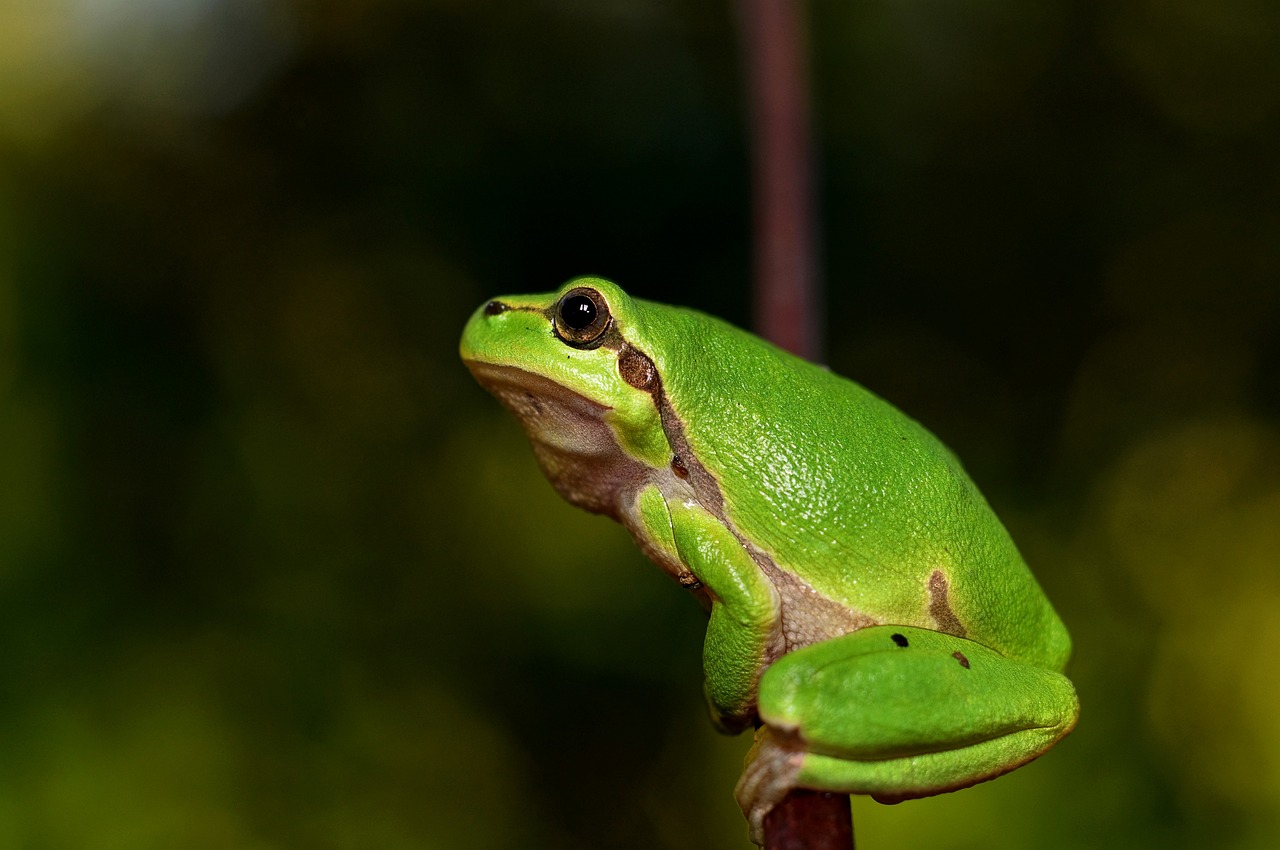
Choosing the Right Camera Gear
When it comes to wildlife photography in Yellowstone National Park, having the right camera gear can make all the difference in capturing stunning images of the diverse wildlife that inhabits the area. From the majestic bison to the elusive wolves, having the proper equipment is essential for getting that perfect shot.
One of the most important pieces of gear for wildlife photography in Yellowstone is a high-quality telephoto lens. This type of lens allows you to zoom in on distant subjects and capture detailed shots of animals without disturbing them. A telephoto lens with a focal length of at least 300mm is recommended to get those up-close shots of wildlife in their natural habitat.
In addition to a telephoto lens, a sturdy tripod is also essential for wildlife photography in Yellowstone. A tripod helps stabilize your camera and lens, especially when using longer focal lengths or shooting in low light conditions. This is crucial for capturing sharp, clear images of moving wildlife without any blur.
Another important piece of gear to consider is a camera with fast autofocus capabilities. Wildlife photography often requires quick and precise focusing, especially when animals are in motion. A camera with advanced autofocus technology can help you capture those fleeting moments with clarity and accuracy.
When choosing camera gear for wildlife photography in Yellowstone, it's important to consider the weight and portability of your equipment. Since you may be hiking long distances or venturing into remote areas to photograph wildlife, having gear that is lightweight and easy to carry is essential for your comfort and mobility.
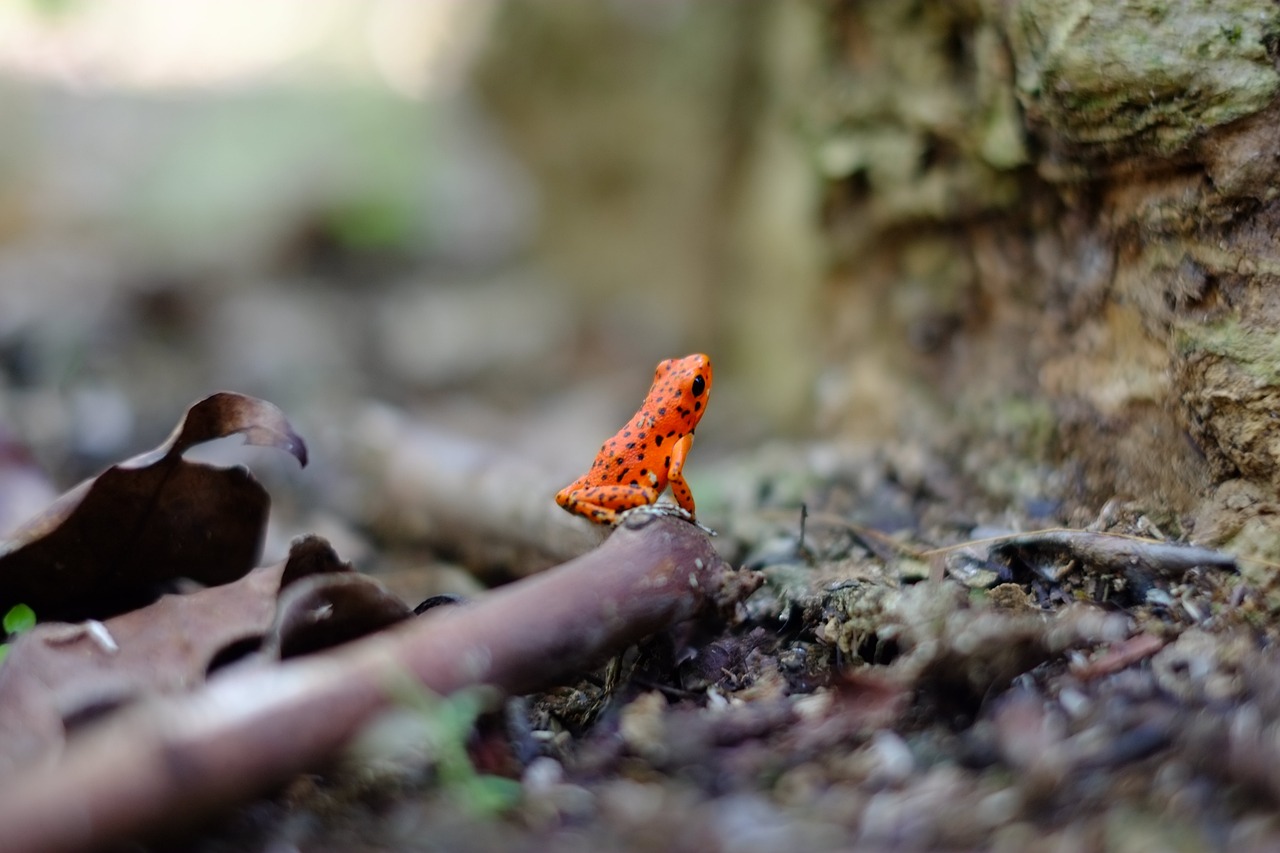
Selecting the Ideal Photography Locations
When it comes to in Yellowstone National Park, photographers are spoiled for choice. The park offers a plethora of breathtaking landscapes and diverse wildlife that make for stunning photography opportunities. Whether you're looking to capture the iconic geysers, majestic mountains, or the park's famous wildlife, Yellowstone has something for every photography enthusiast.
One of the most popular photography locations in Yellowstone is the Grand Prismatic Spring, known for its vibrant colors and unique geological features. This natural wonder provides a fantastic backdrop for capturing striking landscape shots. Additionally, the Grand Canyon of the Yellowstone offers dramatic views of the Yellowstone River and impressive waterfalls, making it a prime spot for landscape photography.
For wildlife enthusiasts, the Lamar Valley is a must-visit location. Known as the "Serengeti of North America," this area is teeming with wildlife, including bison, wolves, and bears. The vast open plains and rolling hills of Lamar Valley provide ample opportunities for photographing these magnificent animals in their natural habitat.
If you're seeking to capture the park's iconic wildlife, head to Hayden Valley. This expansive valley is home to a variety of wildlife, including bison and elk, making it an ideal location for wildlife photography. Be sure to arrive early in the morning or late in the evening for the best lighting conditions and wildlife sightings.
Another popular photography location in Yellowstone is the Old Faithful Geyser. This famous geyser erupts regularly, providing photographers with the opportunity to capture unique and dynamic shots of the natural phenomenon. The surrounding geothermal features and landscapes also offer plenty of creative possibilities for photography.
When exploring Yellowstone for photography opportunities, don't forget to venture off the beaten path and explore lesser-known areas of the park. From hidden waterfalls to secluded meadows, Yellowstone is full of hidden gems waiting to be discovered through the lens of your camera.
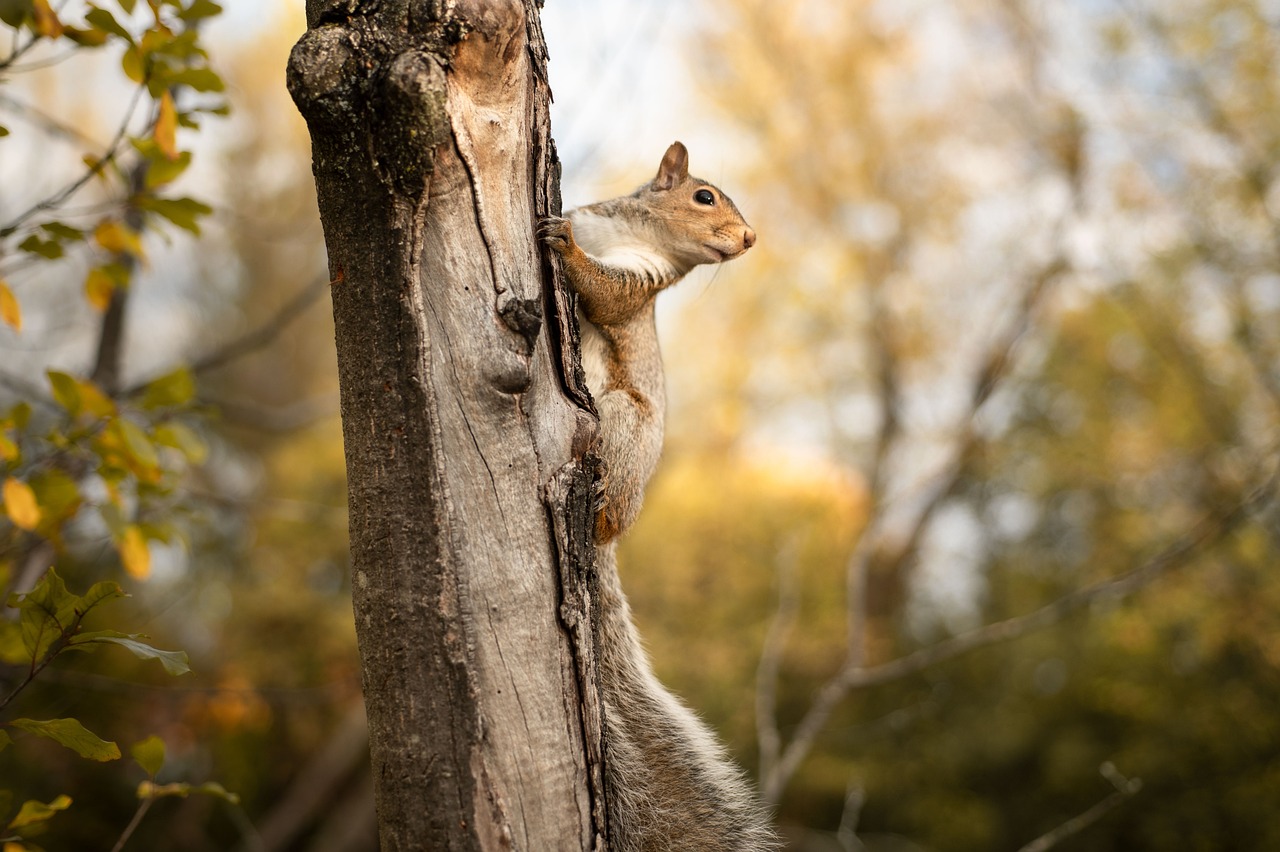
Mastering Wildlife Photography Techniques
Mastering Wildlife Photography Techniques involves a combination of artistry and technical skill to capture the essence of Yellowstone's diverse wildlife. Understanding the behavior of animals and the unique challenges of photographing them in their natural habitat is essential. To master wildlife photography in Yellowstone, one must pay attention to composition, lighting, and camera settings.
Composition plays a crucial role in creating visually appealing wildlife photographs. Consider the rule of thirds to create balanced and engaging images. Experiment with different angles and perspectives to add depth and interest to your shots. Additionally, framing your subject within the natural surroundings can help tell a compelling story.
Lighting is another key aspect of wildlife photography. The soft, golden light during the golden hours of sunrise and sunset can enhance the mood of your images. Understanding how to work with natural light, such as backlighting or sidelighting, can add drama and dimension to your wildlife photographs.
When it comes to camera settings, mastering the technical aspects of photography is crucial. Use a fast shutter speed to freeze motion and capture sharp images of moving animals. Adjust your aperture to control depth of field and create a pleasing background blur, known as bokeh, that isolates your subject. Experiment with different ISO settings to achieve the optimal exposure in varying lighting conditions.
Furthermore, understanding the behavior of wildlife is essential for anticipating and capturing unique moments. Patience and observation are key skills for wildlife photographers. By studying animal habits and movements, you can predict behavior and be ready to capture decisive moments in your photographs.
Mastering Wildlife Photography Techniques in Yellowstone requires a combination of technical expertise, artistic vision, and a deep appreciation for the natural world. By honing your skills in composition, lighting, camera settings, and animal behavior, you can create stunning and impactful wildlife images that truly capture the spirit of this iconic national park.
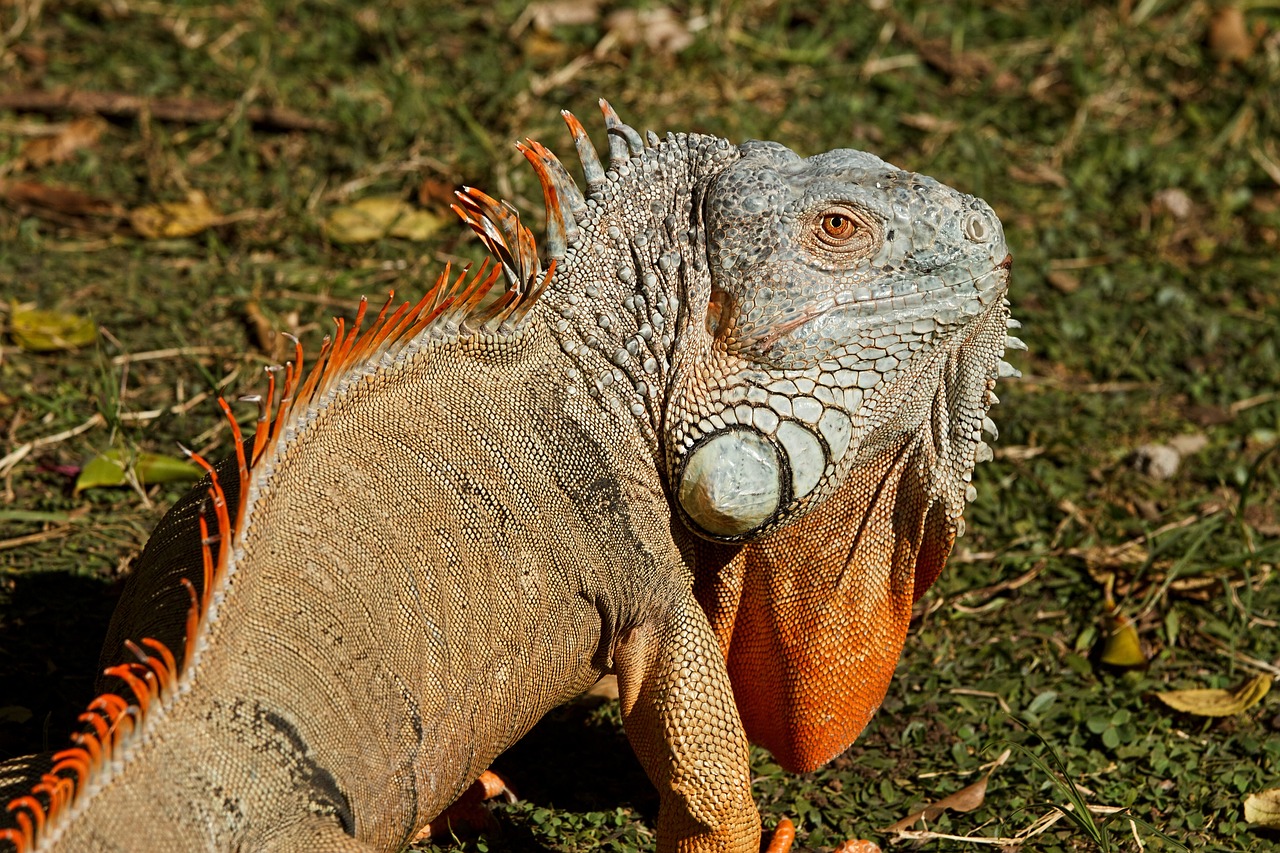
Respecting Wildlife and the Environment
When it comes to wildlife photography in Yellowstone National Park, is paramount. As a photographer, it is essential to prioritize the well-being of the animals and their natural habitats above all else. By following ethical guidelines and practicing responsible behavior, you can ensure that your photography does not harm the wildlife or disrupt their daily routines.
One key aspect of ethical wildlife photography is maintaining a safe distance from the animals. While it may be tempting to get as close as possible for the perfect shot, it is crucial to remember that you are a guest in their home. Approaching too closely can cause stress and disturbance to the animals, potentially altering their behavior or causing them to flee. Always use a telephoto lens to capture close-up shots without intruding on their space.
Additionally, it is important to minimize your impact on the environment while photographing wildlife in Yellowstone. Stay on designated trails and paths to avoid trampling vegetation or disturbing sensitive ecosystems. Avoid feeding or interacting with the animals, as this can habituate them to human presence and lead to dangerous encounters in the future.
Respecting wildlife also means observing and following park regulations regarding wildlife viewing and photography. Familiarize yourself with the guidelines set forth by Yellowstone National Park to ensure that you are acting in accordance with the rules and regulations. These guidelines are in place to protect both the animals and visitors, promoting a safe and harmonious coexistence within the park.
By practicing ethical wildlife photography and respecting the environment, you can capture stunning images while preserving the beauty and integrity of Yellowstone National Park for future generations to enjoy. Remember, as a photographer, you have the power to inspire others to appreciate and protect the natural world through your images.
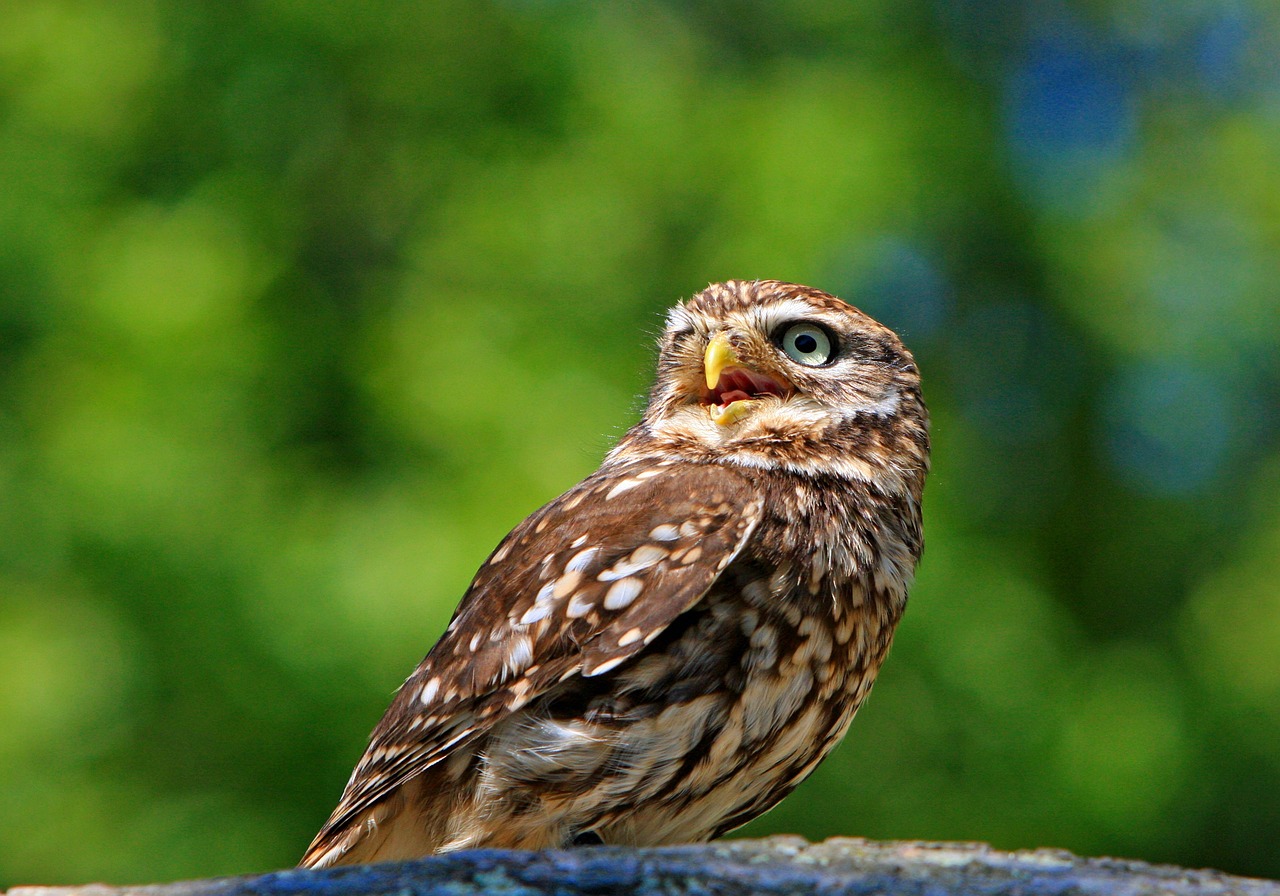
Capturing Unique Wildlife Moments
When it comes to capturing unique wildlife moments in Yellowstone, it's all about being in the right place at the right time. Imagine yourself in the midst of the park's vast wilderness, waiting patiently for that perfect shot to present itself. Whether it's a majestic bison grazing peacefully in a meadow or a wolf prowling through the trees, every moment holds the potential for a truly extraordinary photograph.
To truly capture these unique wildlife moments, you must immerse yourself in the natural rhythms of Yellowstone. Understanding the behavior of the animals and their habitats is key to anticipating their movements and actions. It's like solving a puzzle where each piece is a fleeting moment in the lives of these magnificent creatures.
One effective technique is to focus on storytelling through your images. Instead of just capturing a single frame, aim to create a series of photos that together tell a compelling narrative. This could be a sequence showing a bear fishing in a river or a group of elk crossing a meadow at sunrise, each image adding depth and context to the overall story.
Patience is also crucial when it comes to wildlife photography. Sometimes, you may have to wait for hours or even days to witness a truly unique moment unfold before your lens. But when that moment finally arrives, the sense of achievement and satisfaction is unparalleled.
Remember, wildlife photography is not just about taking pictures; it's about capturing the essence of these animals and their environment in a way that resonates with viewers. Each click of the shutter is an opportunity to freeze a moment in time and share the beauty and wonder of Yellowstone's wildlife with the world.

Editing and Post-Processing Wildlife Photos
Explore the best practices and tips for capturing stunning wildlife photographs in Yellowstone National Park. Learn about the diverse range of animals, ideal photography locations, equipment recommendations, and ethical considerations for wildlife photography in this iconic destination.
Discover the various species of wildlife that call Yellowstone home, including bison, wolves, bears, and elk. Gain insights into their behavior, habitats, and the best times of year to photograph them.
Learn about the essential camera equipment and accessories needed for successful wildlife photography in Yellowstone. From telephoto lenses to tripods, find out what gear is crucial for capturing stunning wildlife images.
Explore the top photography spots within Yellowstone National Park that offer excellent opportunities for capturing wildlife in their natural habitats. Discover the best vantage points and lighting conditions for your shots.
Enhance your photography skills with expert tips on composition, lighting, and settings specifically tailored for wildlife photography in Yellowstone. Learn how to freeze motion, achieve bokeh effects, and more.
Understand the importance of ethical wildlife photography practices and how to minimize your impact on the environment and animals. Learn about the park's guidelines for wildlife viewing and photography.
Discover strategies for capturing unique and memorable wildlife moments in Yellowstone, from action shots to intimate portraits. Learn how to anticipate animal behavior and create compelling storytelling images.
When it comes to editing and post-processing wildlife photos taken in Yellowstone, it is essential to use software tools that can help enhance your images. Adjusting colors, sharpening details, and optimizing overall image quality are crucial steps in bringing out the best in your wildlife photographs. Post-processing techniques can elevate the visual impact of your wildlife images, making them even more captivating and memorable for viewers.
Learn how to showcase your wildlife photography from Yellowstone through social media, online platforms, and print. Discover ways to engage and inspire others with your wildlife photography experiences.

Sharing Your Wildlife Photography Adventures
Sharing your wildlife photography adventures is not just about capturing stunning images; it's also about sharing your passion and experiences with others. By showcasing your wildlife photography from Yellowstone, you have the opportunity to inspire and educate fellow photographers and nature enthusiasts alike. Whether through social media, online platforms, or print, sharing your adventures allows you to connect with a wider audience and spread awareness about the beauty of wildlife in Yellowstone.
One effective way to share your wildlife photography adventures is through social media platforms such as Instagram, Facebook, and Twitter. By creating engaging posts with captivating images and insightful captions, you can attract followers who appreciate your work and share your passion for wildlife photography. Utilize hashtags related to wildlife photography and Yellowstone to reach a larger audience and connect with like-minded individuals.
Another avenue for sharing your wildlife photography adventures is through online platforms dedicated to nature and photography enthusiasts. Websites like Flickr, 500px, and photography forums provide a space to showcase your work, receive feedback from other photographers, and engage in discussions about wildlife photography techniques and experiences in Yellowstone.
Print media can also be a powerful way to share your wildlife photography adventures. Consider submitting your images to nature magazines, wildlife conservation publications, or local galleries and exhibitions. By displaying your work in print, you can reach a broader audience and potentially inspire others to appreciate and protect the wildlife of Yellowstone.
Remember that sharing your wildlife photography adventures is not just about gaining recognition or likes; it's about fostering a sense of appreciation and respect for the natural world. Through your images and stories, you have the ability to evoke emotions, spark curiosity, and promote conservation efforts that protect the wildlife and habitats of Yellowstone for future generations to enjoy.
Frequently Asked Questions
- What wildlife can I expect to see in Yellowstone National Park?
In Yellowstone, you can encounter a diverse range of wildlife, including bison, wolves, bears, elk, and various bird species. Each animal offers a unique photography opportunity, adding depth and richness to your wildlife photography experience.
- Do I need specialized camera gear for wildlife photography in Yellowstone?
While specialized gear like telephoto lenses and tripods can enhance your wildlife photography, you can still capture stunning images with basic equipment. It's more about understanding your gear and the wildlife behavior to create impactful photographs.
- How can I ensure ethical wildlife photography practices in Yellowstone?
Respecting wildlife and the environment is crucial in Yellowstone. Follow park guidelines, maintain a safe distance from animals, and avoid disturbing their natural behavior. By being a responsible photographer, you can capture amazing shots while preserving the beauty of the park.
- What are some tips for capturing unique wildlife moments in Yellowstone?
To capture unique wildlife moments, observe animal behavior, anticipate movements, and be patient. Look for storytelling opportunities in your photographs, whether it's an action-packed scene or a quiet moment of connection between animals.
- How can I enhance my wildlife photos through editing and post-processing?
Editing tools can help enhance your wildlife photos by adjusting colors, sharpening details, and improving overall composition. Experiment with different editing techniques to bring out the best in your wildlife photographs taken in Yellowstone.

